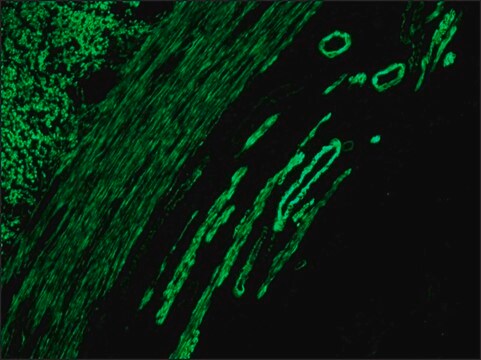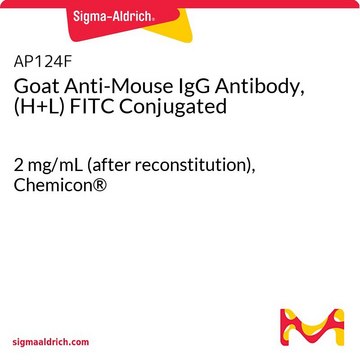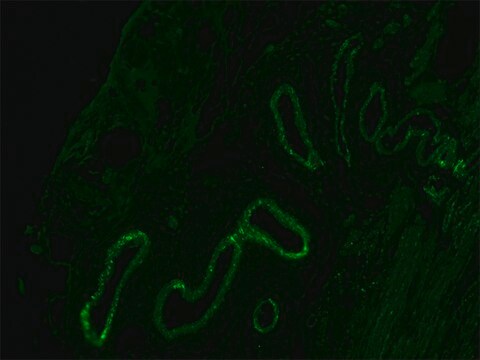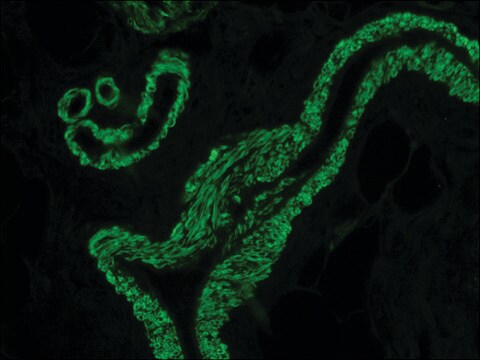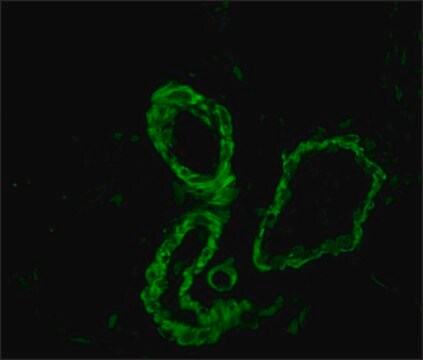F0257
Anti-Mouse IgG (whole molecule)–FITC antibody produced in goat
affinity isolated antibody, buffered aqueous solution
Sinônimo(s):
Anti-Mouse Fitc, Anti-Mouse Fitc - Anti-Mouse IgG (whole molecule)–FITC antibody produced in goat
About This Item
Produtos recomendados
fonte biológica
goat
conjugado
FITC conjugate
forma do anticorpo
affinity isolated antibody
tipo de produto de anticorpo
secondary antibodies
clone
polyclonal
Formulário
buffered aqueous solution
técnica(s)
direct immunofluorescence: 1:32
temperatura de armazenamento
2-8°C
modificação pós-traducional do alvo
unmodified
Procurando produtos similares? Visita Guia de comparação de produtos
Descrição geral
Imunogênio
Aplicação
- immunohistochemistry (1:200) (1:500)
- immunofluorescence (1:100)(1:500)(1:200)
- immunocytochemistry(1:1000)
forma física
Exoneração de responsabilidade
Não está encontrando o produto certo?
Experimente o nosso Ferramenta de seleção de produtos.
Código de classe de armazenamento
10 - Combustible liquids
Classe de risco de água (WGK)
WGK 2
Ponto de fulgor (°F)
Not applicable
Ponto de fulgor (°C)
Not applicable
Escolha uma das versões mais recentes:
Já possui este produto?
Encontre a documentação dos produtos que você adquiriu recentemente na biblioteca de documentos.
Os clientes também visualizaram
Nossa equipe de cientistas tem experiência em todas as áreas de pesquisa, incluindo Life Sciences, ciência de materiais, síntese química, cromatografia, química analítica e muitas outras.
Entre em contato com a assistência técnica


